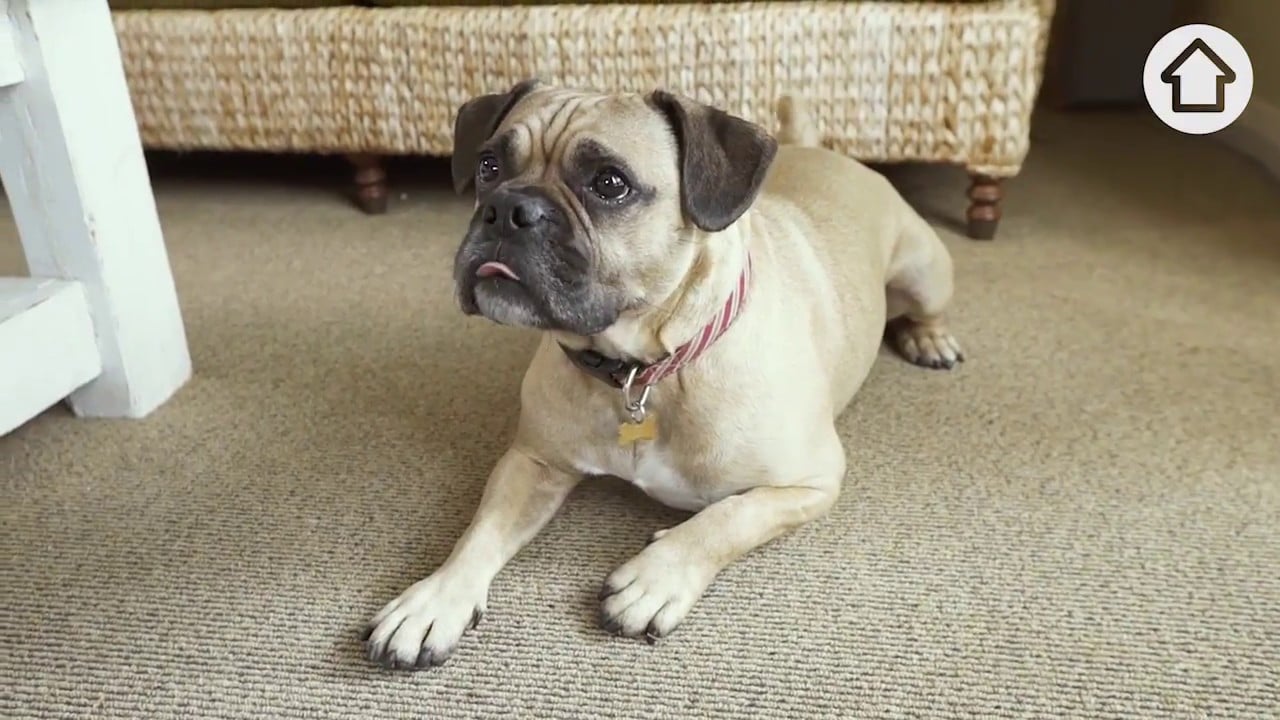Can Easter Eggs really kill dogs?
Estimated reading time: 3 minutes
Easter is a religious time of year, but for most of us, it is when we get to eat as much chocolate as possible—munching our way through a pile of Easter eggs and sharing them with the family dog whilst watching a favourite film.
STOP right there a moment: rewind and pause.

Dogs and chocolate do not go together. You may think you are a caring dog owner by giving your canine companion a chunk of Green & Black’s finest, but you are doing more harm than good.
According to the Dogs Trust, at least 1 in 10 dogs become sick after eating chocolate, and almost a quarter have been rushed to the vet for emergency treatment.
Why chocolate is bad news for dogs
Chocolate contains a substance called theobromine that behaves similarly to caffeine. This alkaloid (plant-derived compound) forms part of a class of substances called methylxanthines and acts as a diuretic and a stimulant. This caffeine-like substance is present in all types of chocolate, including the ‘cooking’ variety, cocoa, tea and cola.
Here are different types of chocolate listed in order of how much theobromine each product contains.
- Cocoa powder (This is the one to avoid high levels as it is the most harmful)
- Unsweetened baker’s chocolate
- Semisweet chocolate
- Dark chocolate
- Milk chocolate
Its caffeine-like effects are harmless for humans unless consumed in substantial amounts but are toxic for dogs. Dogs are unable to metabolise this substance in the way humans can and experience the following symptoms:
- Rapid heartbeat
- Vomiting (this may contain blood)
- Diarrhoea
- Increased thirst
- Hyperactivity
- Abdominal pains
- Drooling
- Fits
The severity of these symptoms depends on the type of dog and the amount of chocolate consumed.
The signs of theobromine poisoning appear between 4 and 24 hours after consuming chocolate. Contact your vet immediately if your dog displays any or all of these symptoms.
Teach your Dog to “Leave It”
One of the most effective ways to prevent your dog from eating chocolate is to teach him the command “leave it”. This should help ensure that he doesn’t eat anything in his easy reach or when it falls to the floor. It also works very well when out walking too.
How to have a dog-friendly Easter
As tempting as it is, avoid giving your dog a piece of your Easter egg or human chocolate in general. Go for sugar-free ‘choc drops’, which don’t contain any theobromine and are specially formulated for dogs. Alternately, choose from healthy dog snacks such as biscuits, bones and chews or even dog-friendly Easter Eggs. Stick to safe and specially manufactured dog treats that are safe and nutritious for your dog.
Don’t leave Easter eggs lying around where your dog can get them. Place them out of reach and if you have children, instruct them not to feed chocolate to the dog. But if an egg has gone missing and you think your dog has eaten it, contact your vet for advice.
Have a Happy Easter!
Below are some easter related articles we think you might be interested in

